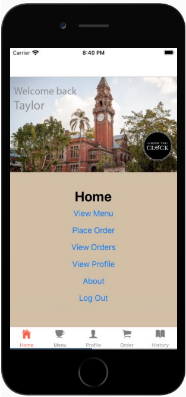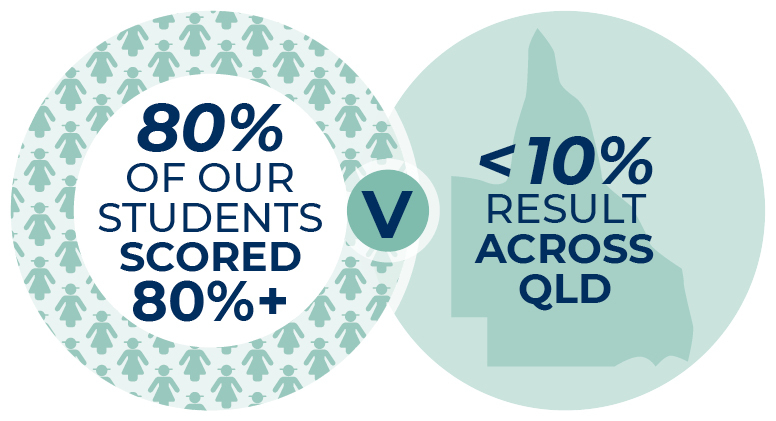With women making up only 29% of the Information and Communications Technology (ICT) sector, there is a significant demand to accelerate gender diversity, and students from Somerville House are well-placed to improve this statistic.

Digital Solutions students are coding the main components of a mobile app for the School-owned and operated café, Under The Clock, as part of their assessment tasks. This subject enables students to learn about algorithms, computer languages and user interfaces. These 21st century skills are critical in a world where data and digital realms are transforming many industries, and an understanding of technology’s impact on our daily lives is more important than ever.
Head of Digital Solutions and Technologies at Somerville House, Mr Paul Herring, maintains that real-world projects in the classroom are essential in preparation for the workforce.
For example, the Class of 2020, the first to undertake this highly challenging subject, graduated with coding skills such as user experience from interface design to data privacy. Their apps were tested by potential consumers and compared to existing apps by competitors with the end result being functional, accurate and reliable applications where real customers could potentially order products.
“The students were empowered to build critical thinking and problem-solving skills as they assessed the needs in their community and brainstormed ways to effect positive change,” Mr Herring said.
Synthesis and Evaluation (criterion three) was the most intellectually challenging and time-consuming criterion of the mobile app assessment. This required students to —
- Synthesise information and ideas to determine user interface and design components
- Generate user interfaces of the prototype
- Evaluate impacts, components and the prototype against prescribed and self-determined criteria to make refinements and justified recommendations.
Component one, ‘synthesise…’ involved bringing together all of the relevant and perhaps disparate elements to present a coherent whole. Component two, ‘generate user interface…’ involved coding and database synchronisation, and component three, ‘evaluate impacts, components and the prototype…’ involved an in-depth analysis of the product.
In the below chart of results, the aqua bars represent the average result across Queensland and the green bars represent the Somerville House class, from criterion three.

“The bar has been set high for our current students, with 80% of Somerville House girls receiving 80% marks or higher, versus less than 10% across Queensland for criterion three,” Mr Herring said.

“I look forward to seeing the Digital Solutions students make a positive impact in the workforce as opportunities are opened up for them that they otherwise might not have had.”
“As the course is refined, students will continue to take part in innovative learning experiences and develop their 21st century skills,” Mr Herring said.
With today’s young people expected to enter a workforce far different than that of older generations, Digital Solutions at Somerville House aims to help develop tomorrow’s ICT leaders, designers, problem solvers and innovators.